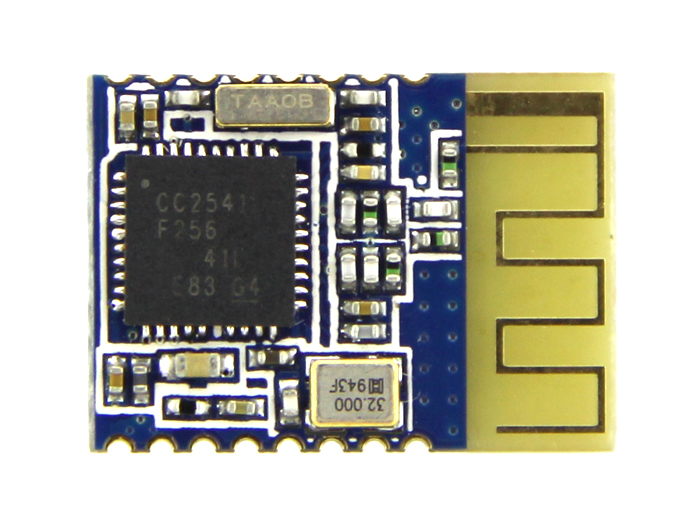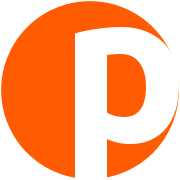Breakout for the HM-11 BLE module
11 June 2015

A month ago, I was researching ways to increase the connectability and compatibility of devices that I make. More particularly, that of a vehicular platform, I have been working on for the past couple of months and will write soon about. I considered the Bluetooth Low Energy (BLE) as the way to go, since it’s the technology that is becoming the new standard, with the latest Android and iOS devices supporting it. I stumbled upon, some relatively cheap and small BLE modules, called HM-11, based on CC2541 by Texas Instruments.
The only “problem” with them, was that those modules were sold as SMD components, meaning that their pins were not easily accessible without soldering. I started looking around for a better solution and more specifically an HM-11 along with a breakout board for them, however no one seemed to sell one that satisfied me. I could find information on how to connect the module’s pins to a microcontroller, but no one was actually selling something I could use out of the box.

After googling a bit, I found out that there where open source designs [1] [2] [3], for exactly what I needed! The concepts were similar, however they were breaking out many more HM-11 pins than I really needed. So I took the design by Genoil and modified it, by just keeping the RX, TX, Reset, VCC and Ground pins. Additionally, the pin that is usually connected to a LED and indicates the current connection status was broken out. Moreover, by using less pins, I managed to decrease the size factor of the whole board. Uploaded the .brd file to OSH PARK, paid the 6.50$ (including shipping) they asked for six boards and approximately 20 days later, the boards where at my door.
I soldered the HM-11’s that I got a week later from China and my easy-to-use BLE modules were up and running! To create an Android client, I used the sample code found in this repository. I have seen the equivalent applications for iOS around, so it should not be hard for you to find one. If you want to have your own printed without a hassle, order your own from OSH PARK. If you’d like to modify them and/or incorporate them into another bigger design, you can freely use the ones I made and published in GitHub. To view or modify the files, I suggest the freeware version of Eagle PCB.
Finally, you can find useful information on the module’s usage, at SeeedStudio.



